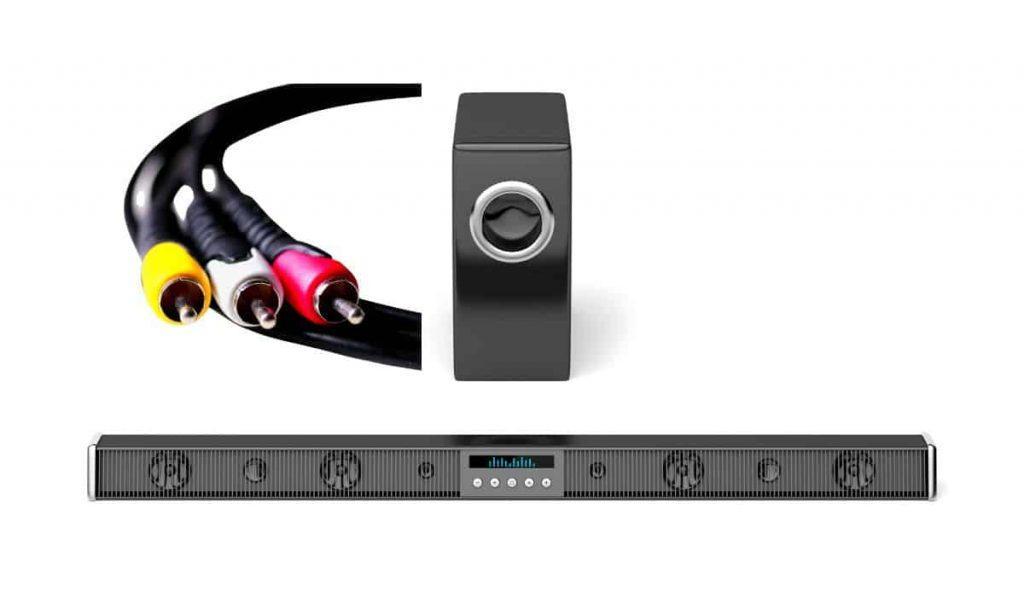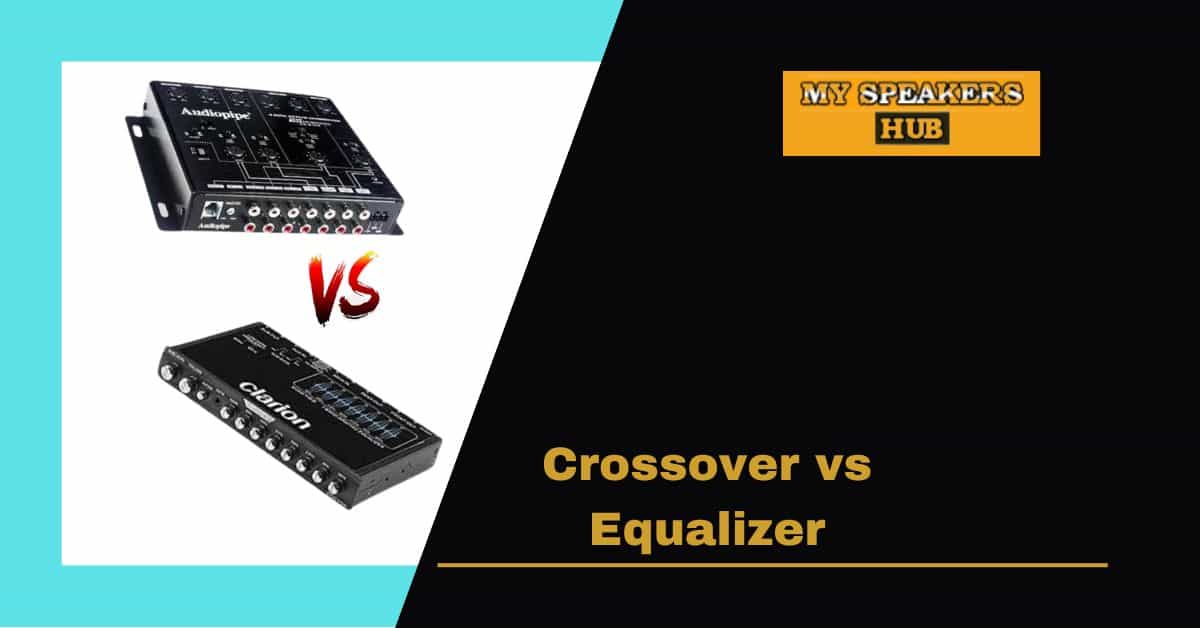If you’re looking to extend your speaker wire without cutting, there are a few methods you can use. The most common method is to use a splice connector. This is a simple device that allows you to connect two wires together without cutting them. You can also use a soldering iron to extend wires, or you can use wire connectors.
Why do you need to extend speaker wire?

There are a few reasons you might need to extend speaker wire without cutting it. Maybe you’re trying to avoid running new wire through your walls, or maybe you’re trying to avoid having to splice two pieces of wire together. Whatever the reason, there are a few ways to do it.
What are the benefits of extending speaker wire?
There are a few benefits of extending speaker wire without cutting. One benefit is that it eliminates the risk of cutting the wire and damaging the speaker. Another benefit is that it saves time and effort because you don’t have to splice the wire together. Finally, it provides a clean and professional look.
How to extend speaker wire without cutting
There are a few ways to extend speaker wire without cutting it. One way is to use a speaker wire extension kit. These kits come with two speaker wires that have connectors on one end. You can simply connect the two wires together and then connect the other end of each wire to the speaker.
Another way to extend speaker wire is to use a speaker wire adapter. These adapters have two jacks on one end and a single jack on the other. You can connect the two jacks on the adapter to the speaker wire and then connect the single jack to the speaker.
Finally, you can use a speaker wire coupler. This is a small device that has two jacks on one end and a single jack on the other. You can connect the two jacks on the coupler to the speaker wire and then connect the single jack to the speaker.
Tips for extending speaker wire
- Use Banana Plugs
If you’re looking to extend your speaker wire without cutting or soldering, one of the best ways to do so is by using banana plugs. Banana plugs are easy to use and provide a solid connection that won’t come loose over time. Plus, they’re relatively inexpensive and can be found at most hardware stores.
- Use Spade Connectors
Another option for extending speaker wire without cutting or soldering is to use spade connectors. Spade connectors are similar to banana plugs, but they’re a bit more versatile since they can be used with speaker wire that has bare ends.
- Use a Wire Splice
If you’re comfortable soldering, another option is to use a wire splice. This method involves soldering a short piece of wire to the end of your speaker wire, which can then be used to connect to another piece of speaker wire. This is a more permanent solution, but it will provide a stronger connection than either banana plugs or spade connectors.
- Use a Wire Connector
Finally, another option for extending speaker wire without cutting or soldering is to use a wire connector. Wire connectors are designed to connect two pieces of speaker wire together, and they come in a variety of different sizes and styles.
- Use Wire Ties
If you’re looking for a temporary solution, one option is to use wire ties. Wire ties are designed to hold two pieces of wire together, and they’re relatively easy to use. However, they’re not as strong as other methods and can come loose over time.
- Use Electrical Tape
Another option for a temporary solution is to use electrical tape. Electrical tape is designed to insulate and protect electrical connections, and it can be used to hold two pieces of speaker wire together. However, like wire ties, it’s not as strong as other methods and can come loose over time.
- Use a Clamp
If you’re looking for a more permanent solution, one option is to use a clamp. Clamps are designed to hold two pieces of wire together, and they’re available in a variety of different sizes.
- Use a Strap
Another option for a more permanent solution is to use a strap. Straps are similar to clamps, but they’re a bit more versatile since they can be used with a variety of different materials.
- Use a Wire Wrap
If you’re looking for a more professional solution, one option is to use a wire wrap. Wire wraps are designed to insulate and protect electrical connections, and they’re available in a variety of different sizes.
- Use a Heat Shrink Tube
Another option for a more professional solution is to use a heat shrink tube. Heat shrink tubes are designed to insulate and protect electrical connections, and they’re available in a variety of different sizes.
Frequently Asked Questions [FAQs]
Can I extend speaker wire without cutting it?
Yes, you can extend speaker wire without cutting it by using speaker wire extensions. Speaker wire extensions are available in different lengths and can be found at most electronics stores.
How do I connect speaker wire extensions?
Speaker wire extensions can be connected by using speaker wire connectors. Speaker wire connectors are available in different sizes and can be found at most electronics stores.
What is the maximum length of speaker wire extension that I can use?
The maximum length of speaker wire extension that you can use will depend on the gauge of the speaker wire. For example, 16-gauge speaker wire can be extended up to 50 feet without any loss in quality.
Will extending my speaker wire affect the quality of the sound?
No, extending your speaker wire will not affect the quality of the sound. The only time you might notice a difference is if the extension is very long or if the gauge of the wire is too small.
Do I need to use speaker wire extensions if I’m using wireless speakers?
No, you do not need to use speaker wire extensions if you’re using wireless speakers. Wireless speakers use radio frequencies to connect to the receiver, so there is no need for physical speaker wire.
Conclusion
Need to extend your speaker wire without cutting it, there are a few ways you can do so. One way is to use a splice connector, which will allow you to connect two pieces of speaker wire together. Another way is to use a speaker wire extension, which will add a few feet of length to your speaker wire.




